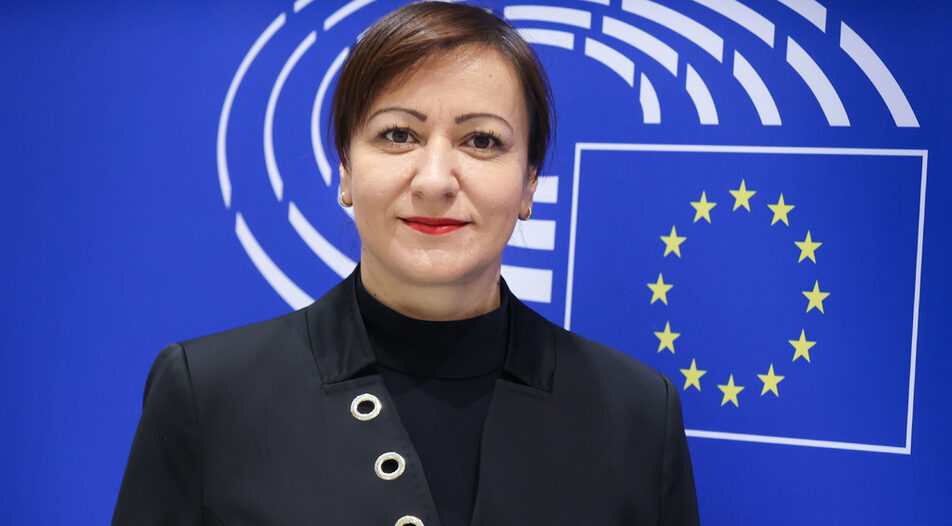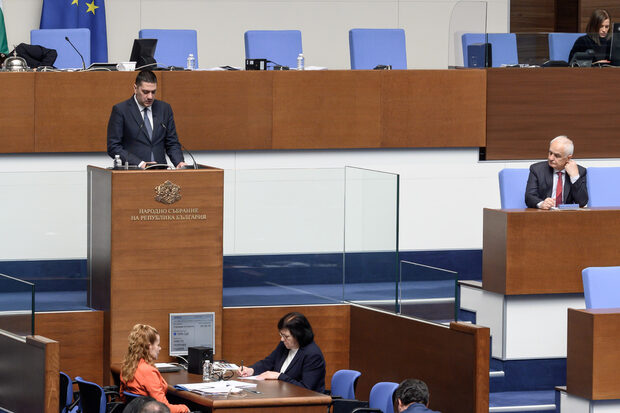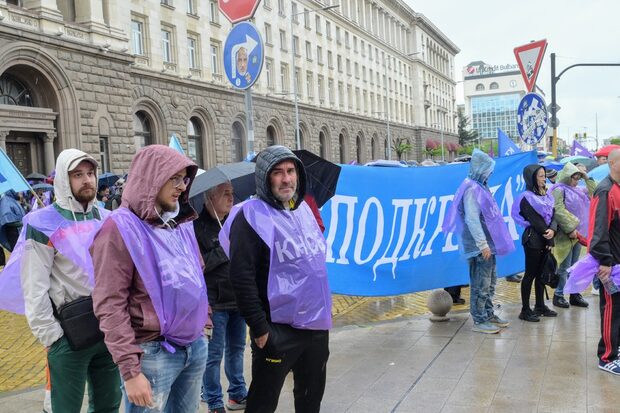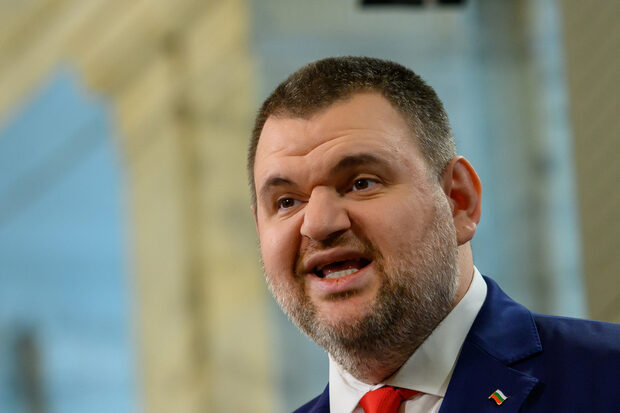In her position as MEP, she is also working on the amendment of the EU Industrial Emissions Directive. The committee's draft proposal is one of the few in the context of the Green Pact that does not cover CO2 emissions but aims to reduce other harmful emissions and pollutants that pollute air, water and soil and affect human health. In this respect, the directive affects agriculture because of the inclusion of livestock farms that keep more than 150 cattle in the scope of the directive. Under these thresholds, a greater number of farms will be defined as industrial and will have to pay up.
How does the European Commission (EC) draft legislation on industrial emissions affect agriculture in Europe?
The EC has proposed amending Directive 2010/75/EU to reduce emissions of ammonia, methane, nitrates and greenhouse gas emissions from industry, including the agricultural sector. We are working for legislation that is a good basis for ensuring the three cornerstones of the Green Pact - the environmental, economic and social fields. In addition, in the current context of war, it is important for us that the impact assessment of any legislative proposal also includes the aspect of ensuring food security.
Specifically, the texts in the draft revision of the Industrial Emissions Directive, affecting agriculture, include broadening its scope to include livestock farms that keep more than 150 cattle. There is also a proposal in this draft legislation to reduce the thresholds for industrial poultry and pig farming so that a greater number of poultry and pig farms are covered by this regulation. Under these thresholds, a greater number of farms would be defined as industrial and would have to pay for it.
What percentage of farms in Bulgaria would fall under this proposal?
The issue of the number of farms in these three livestock sectors that were targeted has been very controversial. According to the Commission's preliminary estimate, 18% of pig farms, 15% of poultry farms and 10% of cattle farms would be affected under the proposed thresholds, while the overall EU average of affected farms is 13%. However, a leaked EC presentation showed that these analyses are based on Eurostat data from 2016. Applying Eurostat data from 2020, the proportion of affected farms increases many fold to 61% of pig farms, 58% of poultry farms, and 12.5% of cattle farms. However, it is important to note that the Eurostat figures for the agriculture sector are subject to further scrutiny and are not yet definitive.
Due to the proposed low thresholds for agriculture, there is a risk that not only industrial farms, but also a large number of family farms, could fall under this regulation. In practice, this means that, in order to meet the new requirements, farms have to make investments to buy equipment and incur additional costs of up to 25 000 euro per year. These investments and additional annual costs are not provided for under the CAP and other funds, and they will appear as an additional financial and administrative burden for livestock farmers.
Furthermore, just over a year ago, the requirements that industrial installations already meet were imposed on industrial pig and poultry farms regulations as well. As of yet, there is no assessment of the effect of implementing this legislation and it seems inappropriate to introduce new increased requirements and an extension of the scope of the legislation. Frequent changes in regulation threaten predictability for business, especially in a context of crisis and multiplying production costs.
The European Parliament has proposed amendments to part of the draft directive concerning the three livestock sectors in an attempt to ensure sustainability in its three dimensions (environmental, economic and social) and to ensure food security. They aim to exclude cattle from the scope of the directive on industrial pollutants and to maintain the current thresholds for the poultry and pig sectors. The texts were adopted in the Committee on Agriculture and Rural Development and in the parliament's plenary.
What is the procedure for issuing permits and will it hinder work in the sector?
Stricter controls, a more integrated permitting process and a mandatory environmental management system would be required. In addition, there are proposals for greater stakeholder participation in discussions and increased transparency regarding permits issued. At the same time, the change of the permit regime aims at encouraging the introduction of innovative technologies and at easing and simplifying permit procedures, but in practice it is often the case that the administrative burden on business is not reduced. Any change risks further delaying permitting procedures for industrial installations, creating legal uncertainty for companies.
What has the European Parliament managed to achieve in order to mitigate the scope of this legislation?
The biggest debates in the European Parliament on this proposal were in the part concerning livestock farming. I am pleased that the majority in plenary has supported the sustainable and environmentally friendly development of farms that rear poultry, pigs and cattle. The greening of livestock farming must go hand in hand with the provision of appropriate funding for the introduction of new requirements, as well as the introduction of new technological solutions, for example, modern equipment, new animal feeding techniques that reduce emissions, etc.
What lies ahead and can the changes made by the MEPs remain in the final version of the regulation?
What comes next are the so-called trialogues - the negotiations between the EC, the European Parliament and the Council. In this case, there are three different positions and the three parties have to reach an agreement. The most restrictive position is that of the EC, which proposes reducing the thresholds for poultry and pig farming and including cattle farms with more than 150 animal units in the category of industrial polluters. The Council's position considers cattle farms as intensive and extensive, depending on the density and the way the animals are kept. In its position, the Council accepted the exclusion of extensive rearing from the scope of the Directive and a threshold of 350 animals for cattle farms. As I mentioned above, the European Parliament adopted a decision to maintain the current thresholds for pigs and poultry and exclude cattle from the scope of the directive.
It remains to be seen what the outcome of the negotiations will be and how the political agreement in the trialogue would transpire.
In her position as MEP, she is also working on the amendment of the EU Industrial Emissions Directive. The committee's draft proposal is one of the few in the context of the Green Pact that does not cover CO2 emissions but aims to reduce other harmful emissions and pollutants that pollute air, water and soil and affect human health. In this respect, the directive affects agriculture because of the inclusion of livestock farms that keep more than 150 cattle in the scope of the directive. Under these thresholds, a greater number of farms will be defined as industrial and will have to pay up.












